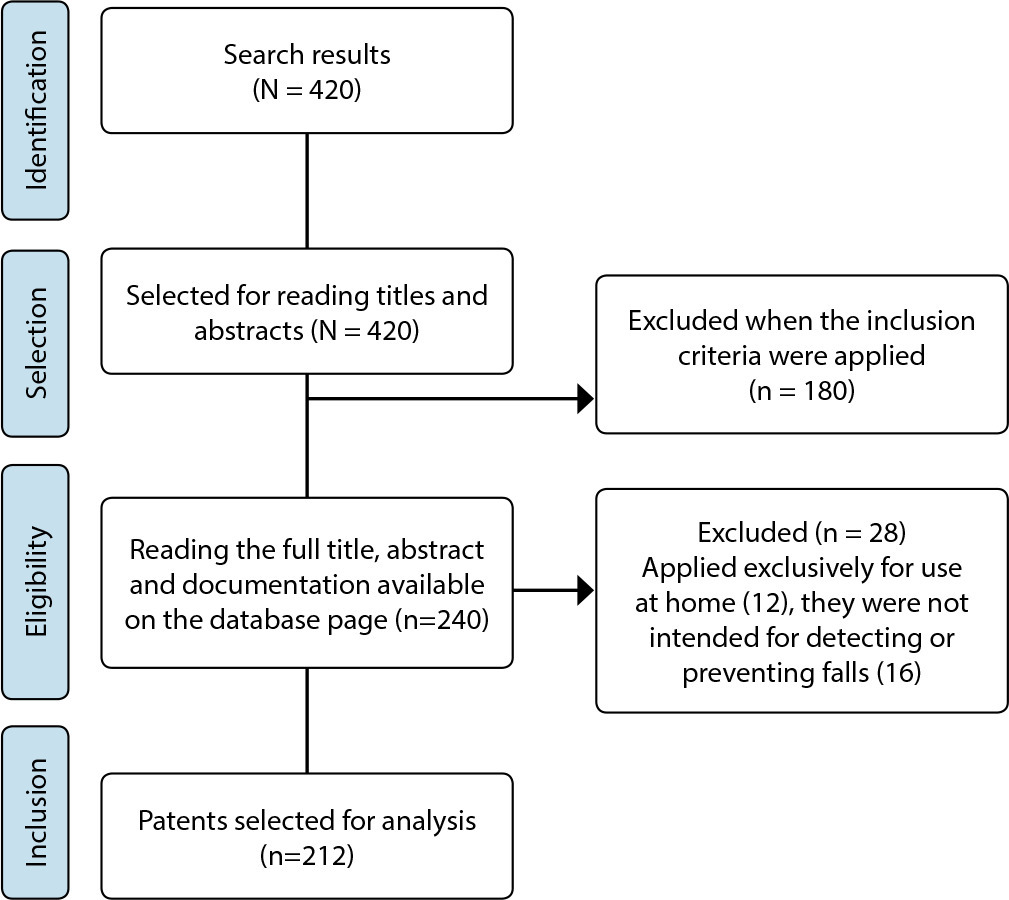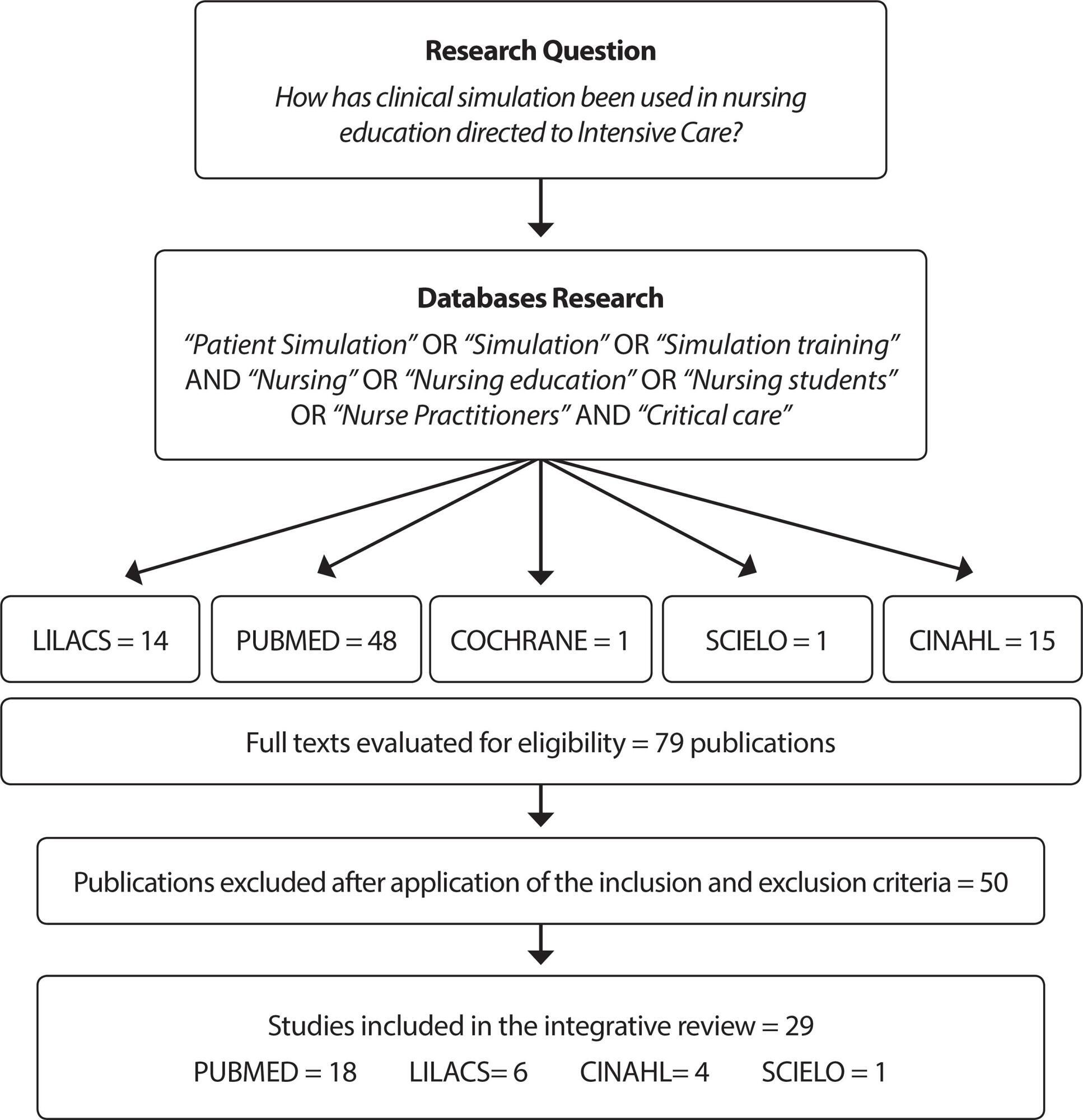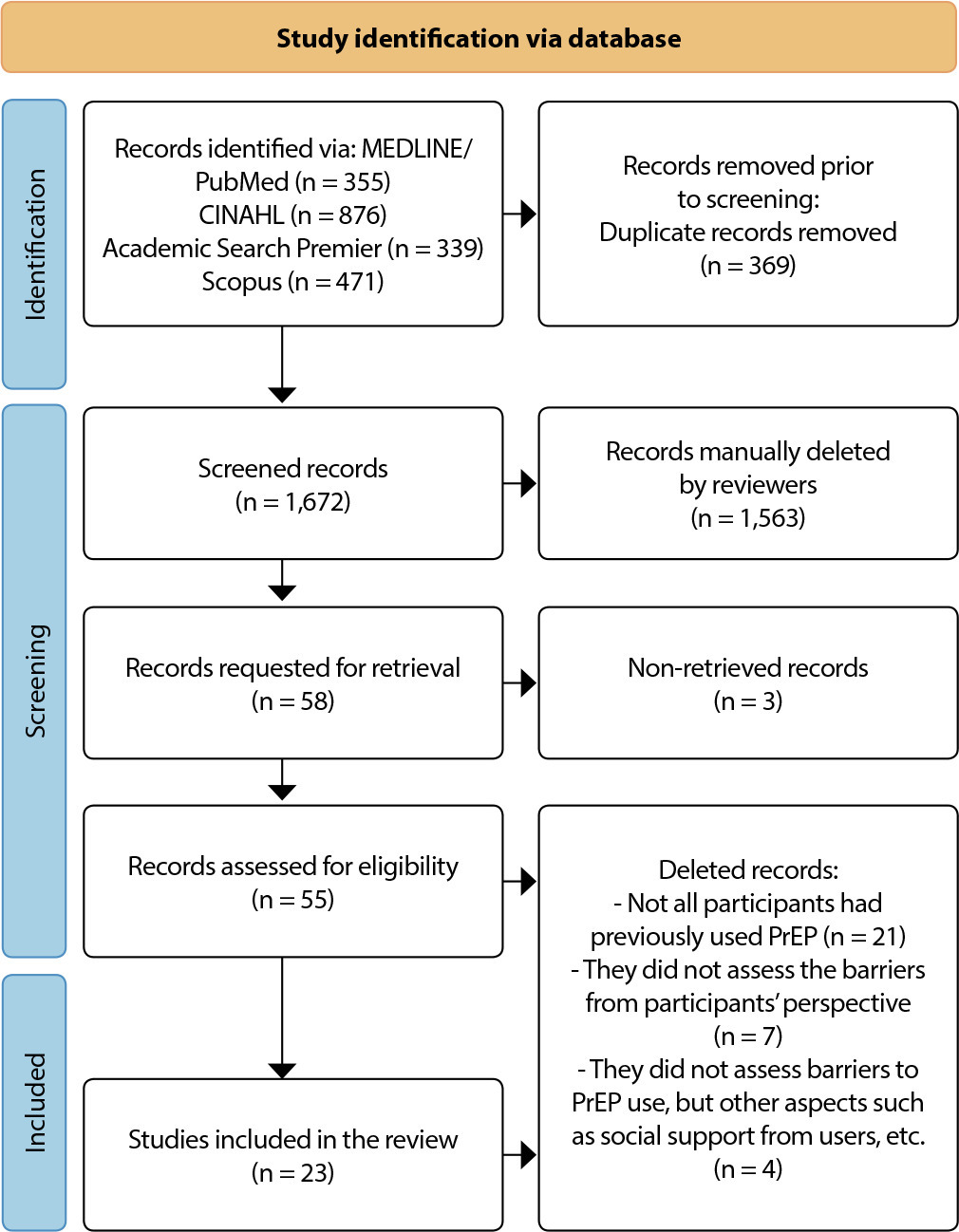-
01-01-2015
Research in nursing and new pathways based on SENPE
Revista Brasileira de Enfermagem. 2015;68(4):571-572
Abstract
Research in nursing and new pathways based on SENPE
Revista Brasileira de Enfermagem. 2015;68(4):571-572
DOI 10.1590/0034-7167.2015680401i
Views1Almost half a century after the beginning of nursing research in Brazil, there is still a need for investment before it can be considered consolidated. The truth of this statement can be seen in the national seminars that discuss research in the field through 17 events that present results and participation of nursing researchers and […]See more -
01-01-2015
Comprehensive health care: dilemmas and challenges in nursing
Revista Brasileira de Enfermagem. 2015;68(2):333-338
Abstract
Comprehensive health care: dilemmas and challenges in nursing
Revista Brasileira de Enfermagem. 2015;68(2):333-338
DOI 10.1590/0034-7167.2015680221i
Views0See moreABSTRACT
Objective:
this article discusses comprehensive care as a guiding tenet of the Brazilian Unifi ed Health System (SUS), outlining health care practices, especially nursing, and the relationships built by subjects in action by means of different knowledge.
Methods:
this is a theoretical refl ection that aims to propose dimensions of analysis (access to services, reception, links, lines of care, accountability, and responsiveness), with an emphasis on the dilemmas and challenges of nursing. The proposed dimensions analyze the production of care and its political and technical aspects.
Conclusion:
care should be the focus of all health care work, bearing in mind that intervention for technological action of each profession goes beyond the core of isolated knowledge, as is the case of nursing, which is connected to other professional practices, and can peruse other territories that operate through relational technologies, entering into the world of the needs of users and families.
-
01-01-2015
Gender and violence against women in nursing literature: a review
Revista Brasileira de Enfermagem. 2015;68(2):325-332
Abstract
Gender and violence against women in nursing literature: a review
Revista Brasileira de Enfermagem. 2015;68(2):325-332
DOI 10.1590/0034-7167.2015680220i
Views0See moreABSTRACT
Objective:
considering the potential of nursing to expand understanding on this theme, this study aims to learn what is being published on gender and violence against women in the main Brazilian nursing journals.
Method:
an integrative review of online publications between 2000 and 2012 was conducted. Of the 138 articles selected, 25 addressed gender and violence against women as social constructs.
Results:
there was a predominance of qualitative approaches (60%), empirical research (60%), academic (100%), authors who were nurses (96%), spousal violence (32%) and domestic violence (20%). Violence against women in the light of gender was associated in only 32% of the articles.
Conclusion:
there is a need for increased studies in partnership with the public health care service, and to expand discussions on the dynamics of power and resistance, which are the basis of the concept of gender.
-
01-01-2015
Nasal colonization in nursing professionals from units specialized in HIV/AIDS
Revista Brasileira de Enfermagem. 2015;68(2):320-324
Abstract
Nasal colonization in nursing professionals from units specialized in HIV/AIDS
Revista Brasileira de Enfermagem. 2015;68(2):320-324
DOI 10.1590/0034-7167.2015680119i
Views0See moreABSTRACT
Objective:
to investigate the presence of microorganisms in the nostrils of the nursing professionals of a Brazilian teaching hospital.
Method:
cross-sectional study in two inpatient units specialized in HIV/AIDS. Nasal secretion samples of nursing professionals were collected in one month. The samples were processed at the microbiology laboratory of the institution and analyzed using the Statistical Package for the Social Sciences (SPSS) software, version 19.0. Ethical aspects were abided.
Results:
from the 73 members of the nursing staff, samples of nasal secretions were collected from 61 (80.2%). Six types of microorganisms were isolated in 22 (41.0%) positive cultures. It is noteworthy that Staphylococcus aureus accounted for 22.9%, four of them oxacillin-resistant (MRSA).
Conclusion:
Staphylococcus aureus microorganism accounted for the largest prevalence in individuals of this study.
-
01-01-2015
Evaluation of nursing students about learning with clinical simulation
Revista Brasileira de Enfermagem. 2015;68(2):311-319
Abstract
Evaluation of nursing students about learning with clinical simulation
Revista Brasileira de Enfermagem. 2015;68(2):311-319
DOI 10.1590/0034-7167.2015680218i
Views0See moreABSTRACT
Objective:
to describe the contributions of clinical simulation for learning cognitive and procedural attributes through debriefi ng, from the perspective of nursing students.
Method:
descriptive exploratory study. Twenty nursing undergraduate students from a university in the interior of the state of São Paulo participated in this study. Data collection was performed at the debriefi ng stage. Student’s perceptions about the simulation, positive aspects and what they could have done differently were registered. The students’ statements were grouped according to the central themes and the framework of Bardin’s content analysis (2011) and were analyzed using descriptive statistics.
Results:
enhancement of active, critical and refl ective learning (47.5%) was identifi ed due to the closeness to reality in nursing care (20.3%), manifestation of feelings experienced during the simulation (15.3%) and composition of the scenario (15.3%).
Conclusion:
the clinical simulation followed by debriefi ng promotes the understanding of the link between action and achievements in learning.
-
01-01-2015
Risk assessment of patient falls while taking medications ordered in a teaching hospital
Revista Brasileira de Enfermagem. 2015;68(2):305-310
Abstract
Risk assessment of patient falls while taking medications ordered in a teaching hospital
Revista Brasileira de Enfermagem. 2015;68(2):305-310
DOI 10.1590/0034-7167.2015680217i
Views0See moreABSTRACT
Objective:
to stratify prescribed medication in a fall risk scale, identifying subgroups of drugs and inpatient units with higher risk of falls.
Method:
retrospective study on prescription order forms given by medical clinic, surgical clinic, and general intensive care unit. Risk factors under consideration: 1) orthostatic hypotension; 2) arterial hypotension; 3) arterial hypertension; 4) bradycardia; 5) psychomotor agitation; 6) mental confusion; 7) dizziness; 8) drowsiness/sedation; 9) reduced eyesight; 10) seizures; 11) atonia/dystonia/muscle weakness; 12) hypoglycemia; 13) urgent urination and 14) urgent defecation/diarrhea. Risk levels adopted: 0: 0 factor; I: 1-2 factors; II: 3-5 factors; III: 6-9 factors; IV: 10-14 factors.
Results:
3893 drugs were analyzed and stratifi ed in levels: 0 22.7%; I 33.5%; II 28%; III 15.1%; IV 0.7%. Levels III and IV more often refer to drugs for stomach acid disorders, 22.6%, and psycholeptics, 100%.
Conclusion:
knowing the risk factors associated with medication may help prevent and reduce falls, especially when therapeutic regimens cannot be modifi ed.
-
01-01-2015
Knowledge and practice of the nurse about leprosy: actions of control and elimination
Revista Brasileira de Enfermagem. 2015;68(2):297-304
Abstract
Knowledge and practice of the nurse about leprosy: actions of control and elimination
Revista Brasileira de Enfermagem. 2015;68(2):297-304
DOI 10.1590/0034-7167.2015680216i
Views0See moreABSTRACT
Objective:
to assess the knowledge and practice of primary health care nurses about control and elimination actions of leprosy.
Method:
evaluation study with qualitative approach, using the Discourse of the Collective Subject, data were collected through semi-structured interviews conducted with 16 nurses.
Results:
the data collected revealed that health professionals have suffi cient knowledge about the National Policy on Control and Elimination of Leprosy (NPCEL) and that the main actions preconized were applied, however, notifi cation of suspected or confi rmed cases and social reintegration of the patient were not mentioned.
Conclusion:
keeping patients in treatment, overload of work, lack of interdisciplinarity and treatment performed at other locations outside of the community were diffi culties reported by professionals. Nurses know the actions addressed at assistance of leprosy patients, however, the study points to the need for a practice which is more aligned to what advocates NPCEL.
-
01-01-2015
Weaknesses of vaccine storage in Primary Healthcare Centers
Revista Brasileira de Enfermagem. 2015;68(2):291-296
Abstract
Weaknesses of vaccine storage in Primary Healthcare Centers
Revista Brasileira de Enfermagem. 2015;68(2):291-296
DOI 10.1590/0034-7167.2015680215i
Views0See moreABSTRACT
Objective:
assessment through qualitative approach of vaccine storage in Primary Healthcare Centers.
Method:
assessment study of qualitative approach in which 30 interviews were conducted with nurses, nursing technicians or assistants and technical reference in immunization, in 12 vaccine rooms that had 100% of the structural criteria evaluated. Recorded testimonials of the subjects were organized and analyzed using thematic Content Analysis.
Results:
the assessment pointed to absence of knowledge on the parts of nurses and nursing technicians and assistants with respect to the effects of low temperature on vaccines. Barriers were also encountered in relation to the supervision of nurses in the vaccine room activities and in relation to the knowledge needed by workers to care for preservation of vaccines.
Conclusion:
vaccine storage is inadequate and may compromise the quality of the immunobiologicals dispensed to the populace.
Search
Search in:
Nuvem de Tags
Enfermagem (930)Cuidados de Enfermagem (269)Atenção Primária à Saúde (239)Idoso (208)Educação em Enfermagem (151)Segurança do Paciente (150)Saúde Mental (145)Educação em Saúde (139)Estudos de Validação (131)Qualidade de Vida (104)Tecnologia Educacional (100)Promoção da Saúde (99)COVID-19 (91)Criança (91)Família (87)Enfermagem Pediátrica (86)Saúde do Trabalhador (86)Adolescente (85)Saúde Pública (82)Estudantes de Enfermagem (77)









